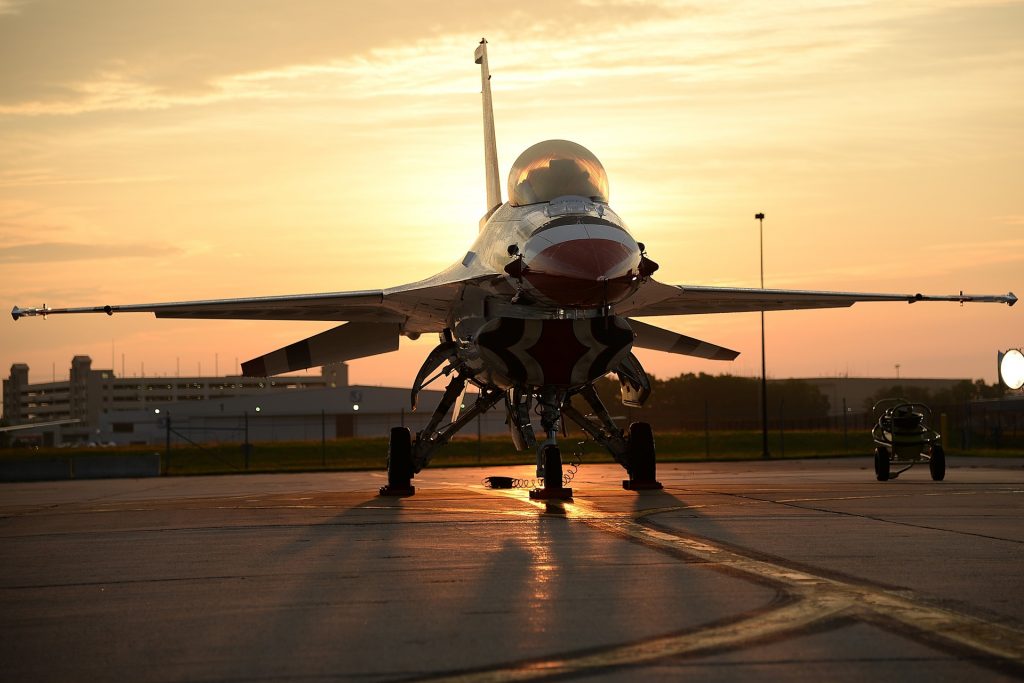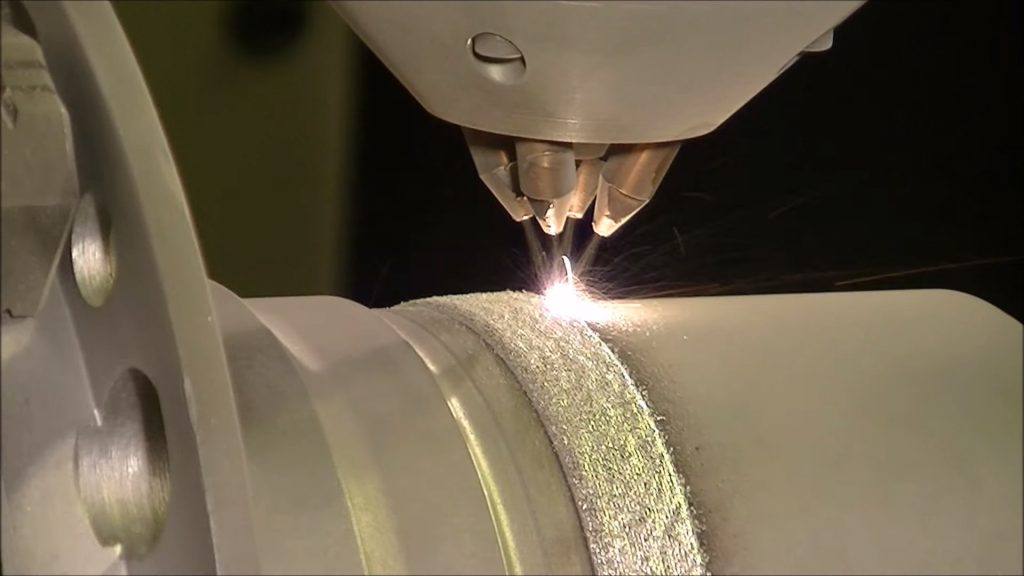Industrial 3D printer manufacturer Optomec has been awarded a $500,000 process development contract from the US Air Force Sustainment Center at Tinker Air Force base.
The deal will see Optomec develop a set of optimized 3D printing process parameters to repair the jet engine turbine blades found on the Air Force’s F-15 and F-16 fighters. The project is centered around Optomec’s Laser Engineered Net Shaping (LENS) process, the company’s take on powder-based Directed Energy Deposition (DED). It will also involve additional technologies such as vision and distortion compensation software, controlled atmosphere processing, and oxygen-free material handling for batch automation.
By the end of the effort, the Air Force will be provided with a number of printable ‘recipes’ for titanium and nickel-based superalloys, along with a whole new automated Turbine Blade Repair 3D printer.

LENS 3D printing for MRO
Optomec’s LENS 3D printing process already sees extensive use in MRO applications worldwide, as the company estimates it has repaired more than 10 million aerospace components over the past 20 years. The demand for the firm’s titanium 3D printing capabilities is reportedly growing too, with increased interest from both the military and commercial aircraft repair sectors.
On top of its 3D printer portfolio, Optomec also offers several dozen ‘turn-key’ process parameter recipes for a whole host of common LENS alloys and applications. The recipes are an easy way for customers to get started with metal 3D printing, making the technology more accessible and significantly shortening the time required for implementation on the shop floor. According to Optomec, the company’s recipes can cut customers’ process development times by an average of six months.
“The turbine industry has already widely adopted Optomec’s automated DED solution for high volume nickel alloy repair of aviation parts; meanwhile Optomec has worked out the process recipes for titanium repair,” said Jamie Hanson, VP of Business Development at Optomec. “This solution essentially takes Optomec’s titanium repair process to high volume levels where it will have a major impact on lowering maintenance costs as engine OEMs use more and more titanium.”

Maintaining a fleet of 5,000 aircraft
With the recent $500,000 contract, the US Air Force is now increasing its existing investment in Optomec. Currently boasting a fleet of more than 5,000 aircraft with an average aircraft age of 28 years, the Force shells out millions of dollars a year in maintenance and spare parts. By implementing metal 3D printing into the mix, the work is projected to have an ROI of 184% with a payback period of just under two years.
As well as providing capital for the company, the project will help expand Optomec’s titanium and superalloy 3D printing capabilities with improved process parameters designed specifically for turbine repair.

The production and repair of turbine blades has become a key application of metal 3D printing in heavy industries such as aerospace and energy. Earlier this year, energy technology company Siemens Energy took an unconventional turn when it announced a new digital gas turbine blade repair chain based not on DED, but on powder bed fusion. As well as part repair, the technology can be used to 3D print new features onto conventionally manufactured gas turbine blades.
Elsewhere, GE Research was recently awarded a project by the US Department of Energy (DoE) to explore the design and manufacture of 3D printed turbine blades for wind energy. The work will see GE produce a full-size 3D printed blade tip for structural testing, as well as three blade tips to be installed on a real wind turbine.
Subscribe to the 3D Printing Industry newsletter for the latest news in additive manufacturing. You can also stay connected by following us on Twitter, liking us on Facebook, and tuning into the 3D Printing Industry YouTube Channel.
Looking for a career in additive manufacturing? Visit 3D Printing Jobs for a selection of roles in the industry.
Featured image shows the F-16 Thunderbird. Photo via US Air Force.


